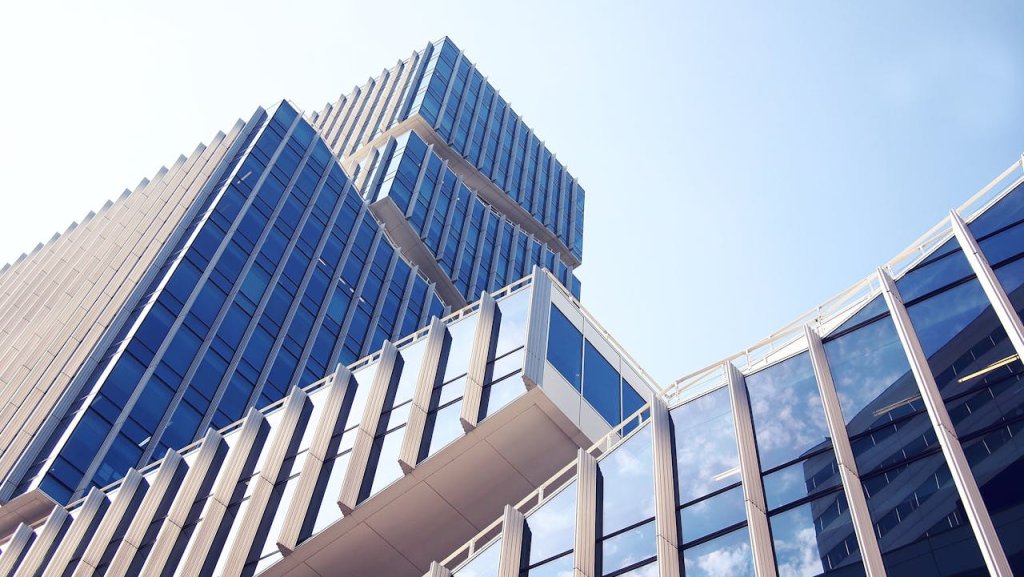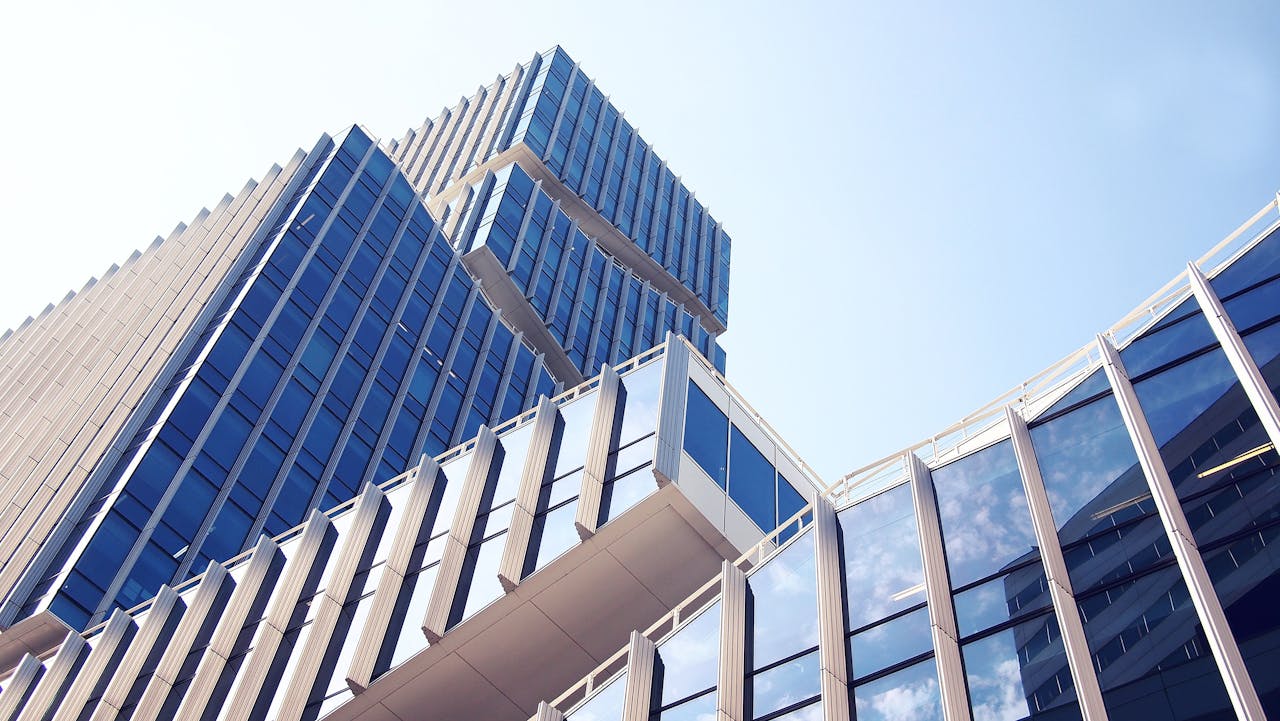Ensuring the longevity of commercial buildings is crucial for business operations and sustainability. As building owners or managers, investing in durable structures reduces long-term costs and enhances safety. This blog explores effective strategies that can drastically extend the life of your commercial properties.
Safety Features and Innovations
Integrating advanced safety measures into the building can enhance its longevity. Innovations such as an earthquake-resistant design, fire-resistant materials, and stormwater management systems can significantly mitigate the risk of major damages during natural disasters.
Incorporating safety features such as a non penetrating guard rail is the best solution to ensure the safety of occupants without damaging the building’s structural integrity.
Regular Maintenance and Inspections
Consistent maintenance is key in detecting minor issues before they escalate into major problems. Regular inspections allow for the identification of potential faults in structures, roofs, and foundational elements. It’s essential to create a maintenance schedule that includes checking the plumbing, electrical systems, and the stability of the outer and inner facades.
Additionally, documenting each inspection procedure helps track recurring issues and provides a clear record for future reference. By promptly addressing any detected anomalies, property managers can save on extensive repair costs and sustain the building’s overall condition. A proactive approach not only preserves structural integrity but also enhances occupant satisfaction.
High-Quality Building Materials
The choice of materials can significantly affect a building’s durability. Opt for high-quality, durable materials that are known for longevity and are appropriate for the climate and conditions in which the building is situated. Materials like reinforced concrete, high-grade steel, and treated wood resist wear and tear much more effectively than their cheaper counterparts.
Additionally, verifying product certifications and selecting reputable suppliers can influence the overall performance and lifespan of each structural component. Investing in superior-quality materials may require a higher initial budget, but it ultimately reduces frequent repair needs and extends the building’s usability. This strategic approach also contributes to stronger occupant safety.
Upgraded Roofing Systems
The roof is one of the most critical components of a building, protecting it against environmental elements. Upgrading to a high-quality roofing system can prevent structural damage due to water leaks or collapse due to heavy snow or wind.
Consider options like thermoplastic polyolefin (TPO) roofing which is known for its durability and effectiveness in various climates. Regular inspections and timely repairs are important, as they help detect small leaks or damaged sections before they compromise the building’s interior. Installing reflective or energy-efficient coatings can strengthen the roofing system’s resilience against sunlight. By selecting top-tier materials and qualified contractors, you ensure lasting protection and enhanced property value.
Energy-Efficient Solutions
Implementing energy-efficient solutions not only lowers operational costs but also helps in maintaining the structural integrity of the building. For instance, proper insulation helps maintain temperature balance, preventing issues like mold growth and excessive condensation, which can weaken building materials over time.
In addition, advanced heating, ventilation, and air conditioning (HVAC) systems designed for energy efficiency can help keep moisture levels in check, protecting the building’s framework. Switching to LED lighting fixtures reduces heat generation consumption, improving sustainability. These measures cultivate a healthier indoor environment, boosting the property’s long-term durability and value.
Professional Expertise
Sometimes, the best way to ensure durability is to involve experts. Hiring professional architects, structural engineers, and construction firms who are known for their expertise in building durable commercial structures can prove to be a smart investment.
Consulting experienced professionals guarantees long-term compliance with local regulations and allows for thorough risk assessments that identify critical vulnerabilities. These specialists use tools and simulations to evaluate load-bearing capacities, energy consumption, and environmental impact. By aligning design principles with operational goals, their expertise helps create highly sustainable buildings that endure.
Use of Smart Technology
Modern technology like building automation systems (BAS) can significantly increase the durability of commercial buildings. These systems control and monitor the building’s mechanical and electrical equipment such as ventilation, lighting, power systems, fire systems, and security systems, thus optimizing their performance and longevity.
By leveraging real-time data from sensors, owners can schedule predictive maintenance and respond to anomalies that may threaten structural integrity. Smart technologies also promote efficient energy consumption by adjusting temperature and lighting levels. Over time, this approach lowers operational costs, minimizes downtime, and extends the life expectancy of vital systems.
Maximizing the Longevity of Commercial Buildings: Key Strategies
Ensuring the long-term durability of commercial buildings is essential for maintaining safety, reducing costs, and enhancing property value. A combination of high-quality materials, regular maintenance, and modern innovations can significantly extend a building’s lifespan.
Investing in durable materials such as reinforced concrete, treated wood, and high-grade steel enhances structural resilience. Regular inspections help detect minor issues before they become costly repairs, ensuring that plumbing, electrical, and roofing systems remain in optimal condition. Advanced safety features, including earthquake-resistant designs and fireproof materials, further strengthen buildings against environmental hazards.
Energy-efficient solutions, such as improved insulation and smart HVAC systems, protect against excessive moisture and temperature fluctuations. Additionally, adopting smart technology like building automation systems (BAS) streamlines maintenance and optimizes performance.
By prioritizing durability through proactive strategies, commercial buildings can remain safe, sustainable, and cost-effective for years to come.
Cassia Rowley is the mastermind behind advertising at The Bad Pod. She blends creativity with strategy to make sure ads on our site do more than just show up—they spark interest and make connections. Cassia turns simple ad placements into engaging experiences that mesh seamlessly with our content, truly capturing the attention of our audience.



